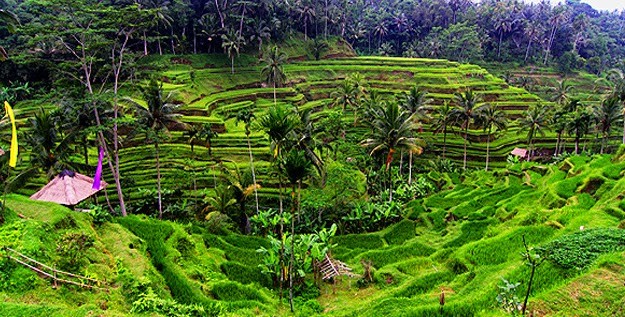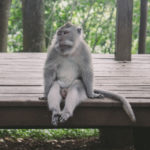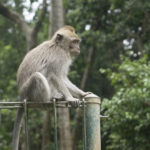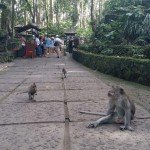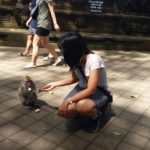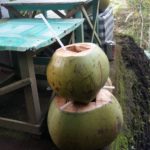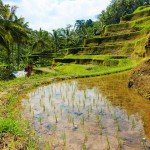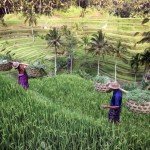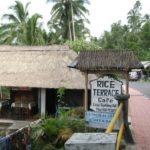WONDERFUL EXCURSION
EAT, PRAY, LOVE TOUR IN BALI INDONESIA
Written and Translated by: Ayu Dewi
Edited by: Jon Lee
For all of you movie lovers, this article is for you. You must have watched Eat, Pray, Love, the movie starring Julia Roberts and Javier Bardem. It’s one of their finest films. This movie was based on a true story and inspired by one of the most iconic and bestselling books, the memoir of Elizabeth Gilbert‘s life journey in 2006. The rights to the memoir were purchased by Columbia Pictures and released in theaters on August 13, 2010.
Eat, Pray, Love is a romantic-drama film starring Julia Roberts as Elizabeth Gilbert. She is a modern American woman, who has everything she should’ve wanted: a husband, a country home and a successful career. But instead of feeling happy and fulfilled, she feels consumed by panic and confusion. So she decides to make drastic changes to her lifestyle and spend a year abroad. Gilbert travels across the world in search of pleasure and a sense of balance in her life.
On her long journey she spends four months in Italy, eating and enjoying life. Then she spends three months in India to find her spirituality. Finally, she ends the year in Bali, Indonesia, looking for her “balance” , and this is when she falls in love.
Six years after the film was first screened around the world, I am still an ardent fan of Eat, Pray, Love. Not just because it has sold more than 10 million copies worldwide and become so popular, but it has also inspired hordes of tourists to visit the island of Bali, Indonesia. If you have ever seen the movie, you must be familiar with the sets that are actually located mostly in Bali. And do you know the exact locations where Elizabeth Gilbert’s traveled on her long journey in Bali?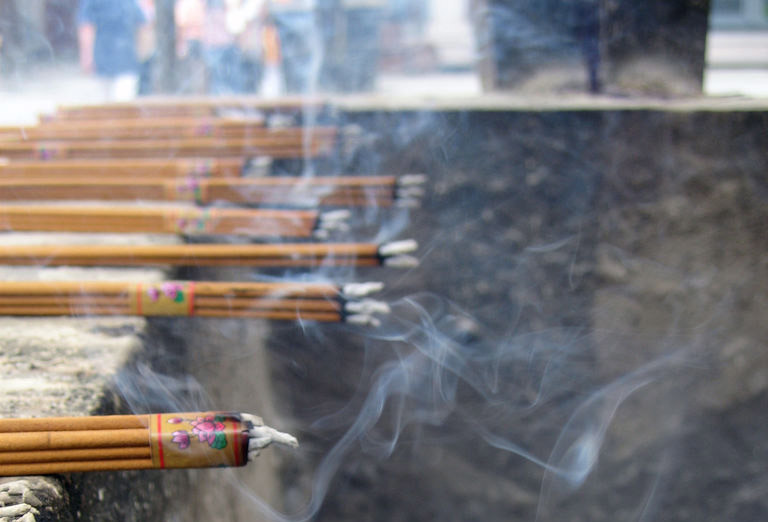
Well, the good news is, I have already compiled the locations for you as alternative places you should visit in Bali, Indonesia. These locations include seeing the lush rice terraces, the opportunity to get up-close and personal with monkeys and visiting the Ketut Liyer house, a place where Elizabeth studied spiritualism in Ubud. I guess you must be excited knowing Eat, Pray, Love was indeed filmed on location in the actual Balinese areas where they happened.
UBUD: UNCHANGED THROUGH THE YEARS
A few years ago, I had gotten the book Eat, Pray, Love. And I’ve been obsessing over the book Eat, Pray, Love. Why? Needless to say, since the book was published in 2006 and filmed in 2010, Eat, Pray, Love put Bali on the map of dream destinations and has welcomed thousands of tourists. The book introduced Bali as the gorgeous island it is, especially in Ubud, which is known as the center of Balinese culture.
Ubud, Bali, is located among rice paddies and steep ravines in the central foothills of the Gianyar regency. For more than a century, it has been the island’s preeminent center for fine arts, dance and music.
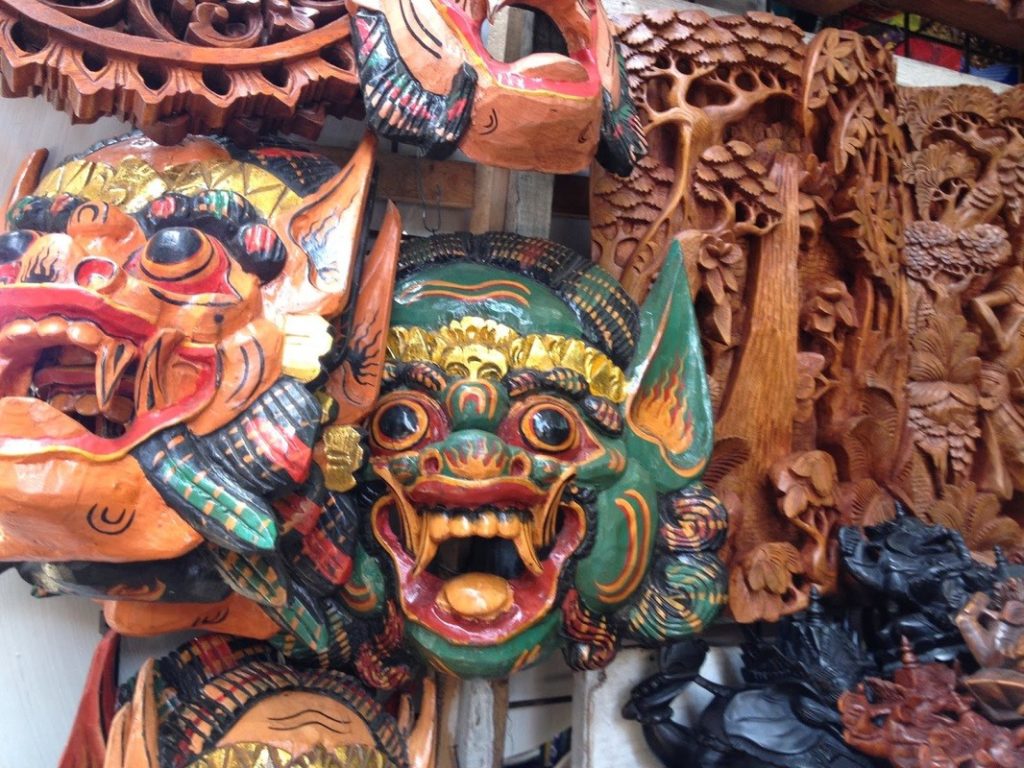
Ubud is now a hot spot particularly for literati, glitterati, art collectors and connoisseurs. Tourism on the island developed after the arrival of Walter Spies, an ethnic German born in Russia who taught painting, music and dance.
Ubud is especially famous for its regular nightly traditional dance performances, which are part of the traditional culture and are arranged for tourists on a regular schedule. In this town, you can visit the temples, paddy terraces, and traditional villages that have remained relatively unchanged through the years. As a result, Ubud was voted recently as the most fascinating city of Asia.
The fascinating area of Ubud has a totally different vibe from the other parts of Bali. My suggestion: If you want to stay in a place thriving with culture, you should stay in Ubud. But if you want to be drawn to its idyllic energy, you should stay near the beaches (and there are a lot, I’m telling you).
Without considering the enormous success of Eat, Pray, Love… No wonder Elizabeth Gilbert chose Ubud, Bali, in search of happiness and balance in her life. I found through experience that there’s more to Ubud
than a breathtaking destination. It is also a heart of culture, a shopping paradise, a place of culinary adventures, and a place where you can relax your mind.
Indeed, Ubud, Bali, has an undeniable reputation as a remarkable area. Since Eat, Pray, Love was filmed here, a lot of local travel companies have been promoting Eat, Pray, Love experiences.
So once you’ve relaxed and are ready to experience beautiful Bali, the trip is not complete without visiting some of the wonderful locations in Ubud, Bali, as featured in Eat, Pray, Love.
UBUD MONKEY FOREST
THE WILD AND SACRED TOURIST DESTINATION
Ubud, Bali, is the dream destination of many travelers. Positive reviews of many fellas who have been there are already tempting many people to come. But is Ubud worth so much attention? The answer is yes!
In her memoir, Elizabeth Gilbert writes about how she fell in love with the authenticity of Ubud and the surrounding areas. Upon seeing the natural beauty of the emerald green rice fields, Balinese temples, the art, culture, and the serenity… I understand why she would have chosen Ubud for her last journey in search for something different in her life.
During the many scenes of Julia Roberts riding her bicycle around various points of Bali, there is a scene of her riding through the lower level of the Monkey Forest in Ubud.
Yes… Ubud Monkey Forest is most certainly a must for anyone visiting Bali, and is part of many visitor itineraries, even for those staying elsewhere in Bali. I traveled to many places in Bali and I recommend Ubud Monkey Forest as a tourist attraction to consider when visiting Bali.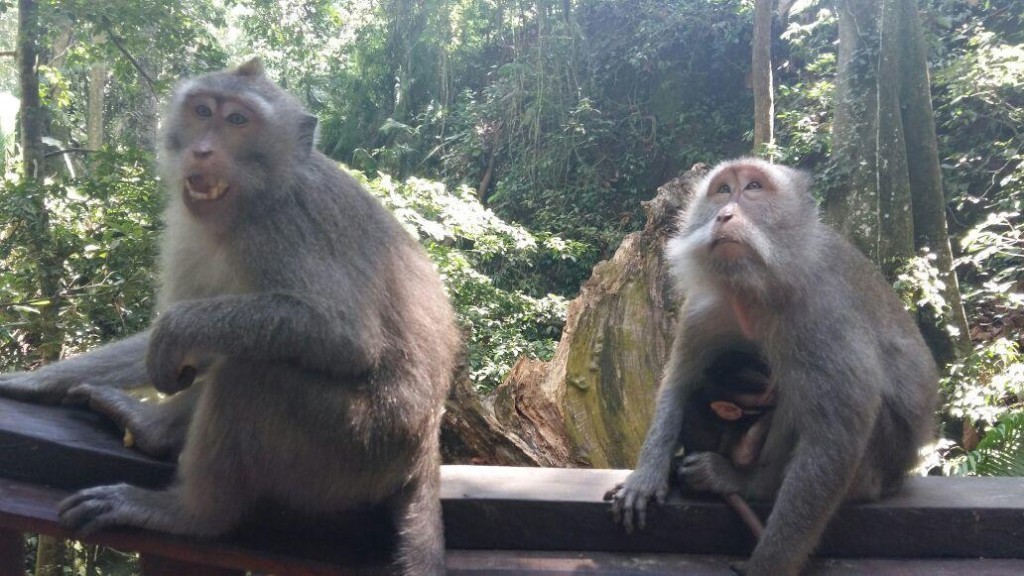
Sacred Monkey Forest, which is located at Padangtegal, is spread out over 27 acres. It also features a Holy Spring Bathing Temple and a Cremation Temple. And it is also home to over 600 long-tailed macaques, with their funny, furry faces and large eyes full of curiosity.
The forest is home to many banyan trees, with their long Tarzan-like roots. It is also the site of the Monkey Forest of Padangtegal.
Ubud Monkey Forest is one of the places where monkeys live freely in the wild. Because of that, visitors can even get close enough to touch the monkeys and feed them with bananas that are purchased on-site.
I will share some tips with you. As you’ll see right away when you enter the site, make sure to carefully conceal the banana in a backpack. These monkeys (long-tailed macaques) are not shy about grabbing bananas or anything else they fancy from your grasp, and will even climb you to get a free meal. But don’t you worry, this is all part of the fun.
If you want to feed them, do it only with the food bought from local sellers. These monkeys are especially well-handled by the staff of the Monkey Forest and are fed with sweet potatoes, mini bananas, corn or coconuts.
There were plenty of guards, staff and warning signs to avoid monkey attack – such as “don’t tease the monkeys or have prolonged eye contact” (which the monkeys consider threatening) since the macaques will bite if provoked.
I have visited this place several times and this destination is always crowded. Monthly, more than tens of thousands of visitors visit Monkey Forest. For me, Ubud Monkey Forest was still a nice, atmospheric experience from the real jungle, temples, exotic plants and animals. Visiting the Ubud Monkey Forest leads me to a different world – the world of monkeys.
Interesting Fact
These monkeys gather in families and there are five families on the Monkey Forest in total, according to the official website. The families will attack other families, especially when they enter each other’s territory. So you will definitely see some live monkey fights. These fights are unpredictable and usually happen when monkeys are thirsty. This is because they drink water from a local stream.
What Should the Visitors Be Aware Of?
I suggest that you don’t bring outside food (they smell it even from the bag). I was an eyewitness of an accident as a result of it, where a monkey took a bottle of water from a Japanese girl and ran away to the bushes. The bottled water is relatively a forgivable crime, but what if they took your iPhone? Would you run to get it back from that fluffy monkey?
They are nice to watch as they eat, play, massage each other, or pull other monkeys’ tails to make them fall from trees. But please, leave them alone. If you wish to touch them, pay the staff. They’ll get the monkeys to sit on your head or whatever. During my visit, one of the monkeys came to me and tried to open my bag. Luckily, a staff guy saw that and scared the monkey away.
The Admission Fee
The admission fee to the Monkey Forest costs 40,000 Indonesian Rupiah (IDR), or roughly $4. You can stay there as long as you wish (until they close up). Operating hours start every day at 8:30 a.m. and end at 6 p.m.
WALK THROUGH THE PEACEFUL TEGALLALANG RICE TERRACES – UBUD
Like so many of Gilbert’s readers, I identified with the frustrations that prompted her to set off around the world in pursuit of pleasure and balance. I also wanted to escape from the routine, to explore and to discover new experiences. The difference? Liz Gilbert had a year to do it, but I had only one day.
For my earlier review of Ubud Monkey Forest, I would like to add further support along with gorgeous scenery as proof that Ubud is a wonderful place to explore. There’s so much to do and to see within its boundaries. It really allows you to get the most out of your holiday time. But once you’ve done that, be sure to thoroughly explore the other areas.
So, after an eventful morning at Ubud’s Monkey Forest, I headed to the Tegallalang Rice Terraces located north of Ubud. These particular rice terraces are the most famous and recognizable of rice fields in Bali. They were featured in the movie Eat, Pray, Love, and ever since then they’ve seen thousands of tourists every year.
Bali Rice Terraces
Bali has many working rice fields we called “sawah”. Most of them are situated in the center of the island, including in Ubud. Even though a lot of the rice fields surrounding Ubud have been converted for other uses, terraced rice paddy fields still remain the most popular feature of Bali’s landscapes. And the most beautiful rice fields that I’ve ever seen were the rice terraces at Tegallalang Ubud Bali.
The ancient rice-growing agricultural society in the Tegallalang village operates with elaborate engineering and shared labor from the entire community. The farmers create their rice fields using water from the mountains with a traditional Balinese cooperative irrigation system. This is known as “subak“. The results are step-like terraces on hillsides and mountain edges, designed with irrigation channels that keep them wet all year round.
Something Definitely Worth Seeing
Even if I’m a self-proclaimed beach person, any form of greenery never fails to calm me. I live in Bali, Indonesia, and I have seen lot of rice terraces before. But visiting the Tegallalang Rice Terrace was non-negotiable for me. It’s almost like an unspoken rule of visiting Ubud Bali. You just can’t afford to skip this scenery – definitely less stressful and whole lot more peaceful than other sceneries.
When I visited, the new rice had just been planted. What surprised me was that the fields were various shades of green and extremely well-maintained. The view was really hard to beat.
Another one of my favorite things about visiting the Tegallalang Rice Terrace was not only the feeling of peaceful calm, but also the opportunity to get great images. No wonder the Tegallalang Rice Terrace has attracted many tourist and photographers over the years.
Best Things to Do
I took some stairs up to get and enjoy the best view. The beautiful panorama of the valley was adorned with rice terraces and coconut trees. I have always found the best times to photograph these magnificent views are either early in the morning or late in the afternoon. Every angle was photo-worthy!
At places, the trails can be narrow, steep and muddy. You have to be more careful with the muddy steps (they’re slicker than they look), so hiking boots or tennis shoes are recommended. I saw people walking around in flip flops, but I wouldn’t have wanted to.
The public facilities in Tegallalang Rice Terrace include a parking area, restaurants, cafes, a souvenir shop and a public toilet. Several cafes and restaurants offer you a seat to relax. So, enjoy the view with a cup of tea or coffee.
There are also huts along the trails where you can buy coconut water. These are great if you’d like to stop and take a break while still enjoying the view.
So, what are you waiting for? For the price of only 10,000 IDR per person for an entrance ticket, you can enjoy the beautiful panorama all while finding relaxation and feeling peaceful.
